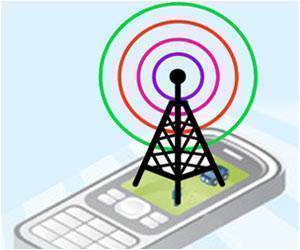Mobile phone radiation may reduce memory performance in teens. Increased exposure to radiofrequency electromagnetic fields (RF-EMF) from mobile phone use may have a negative impact on the development of figural memory performance in adolescents.

‘Increased exposure to radiofrequency electromagnetic fields (RF-EMF) from mobile phone use may have a negative impact on the development of figural memory performance in adolescents. Potential risks to the brain can be reduced by using headphones or the loudspeaker while calling, especially when network quality is low and the mobile phone is functioning at maximum power.’





The research conducted by scientists at the Swiss Tropical and Public Health Institute (Swiss TPH) looked at the relationship between exposure to RF-EMF from wireless communication devices and memory performance in adolescents. The study follows up a report published in the scientific journal Environment International in 2015 with twice the sample size and more recent information on the absorption of RF-EMF in adolescents' brains during different types of wireless communication device use. These are the world's first epidemiological studies to estimate cumulative RF-EMF brain dose in adolescents.
Media usage and brain exposure in young adults
The study to be published on 19 July 2018 found that cumulative RF-EMF brain exposure from mobile phone use over one year may have a negative effect on the development of figural memory performance in adolescents, confirming prior results published in 2015.
Figural memory is mainly located in the right brain hemisphere and association with RF-EMF was more pronounced in adolescents using the mobile phone on the right side of the head.
Advertisement
Other aspects of wireless communication use, such as sending text messages, playing games or browsing the Internet cause only marginal RF-EMF exposure to the brain and were not associated with the development of memory performance. "A unique feature of this study is the use of objectively collected mobile phone user data from mobile phone operators," said Röösli. He emphasized that further research is needed to rule out the influence of other factors. "For instance, the study results could have been affected by puberty, which affects both mobile phone use and the participant's cognitive and behavioral state."
Advertisement
Minimising the risk of RF-EMF exposure
The potential effect of RF-EMF exposure to the brain is a relatively new field of scientific inquiry. "It is not yet clear how RF-EMF could potentially affect brain processes or how relevant our findings are in the long-term," said Röösli.
"Potential risks to the brain can be minimized by using headphones or the loudspeaker while calling, in particular when network quality is low, and the mobile phone is functioning at maximum power."
Source-Eurekalert















